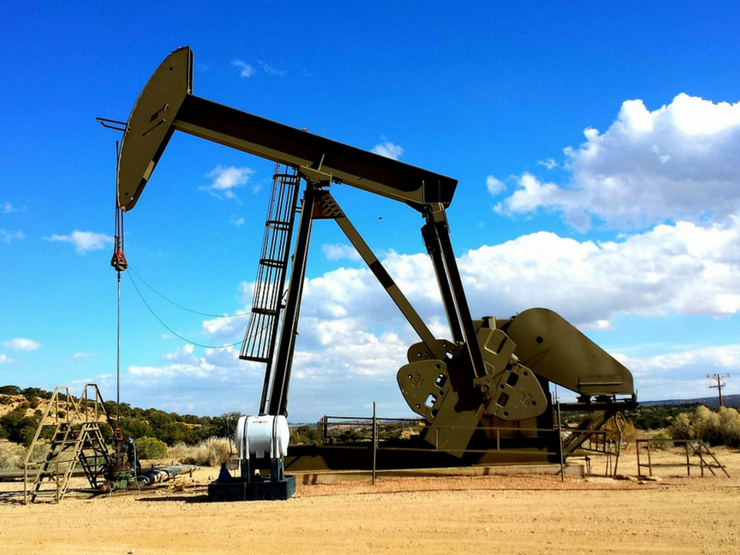The NAB Consumer Stress Index has eased to a 2-year low and marks its 50th iteration.


Insight
There were very few consistent themes across the commodity complex this quarter.

For more information please refer to the attached report.
© National Australia Bank Limited. ABN 12 004 044 937 AFSL and Australian Credit Licence 230686.